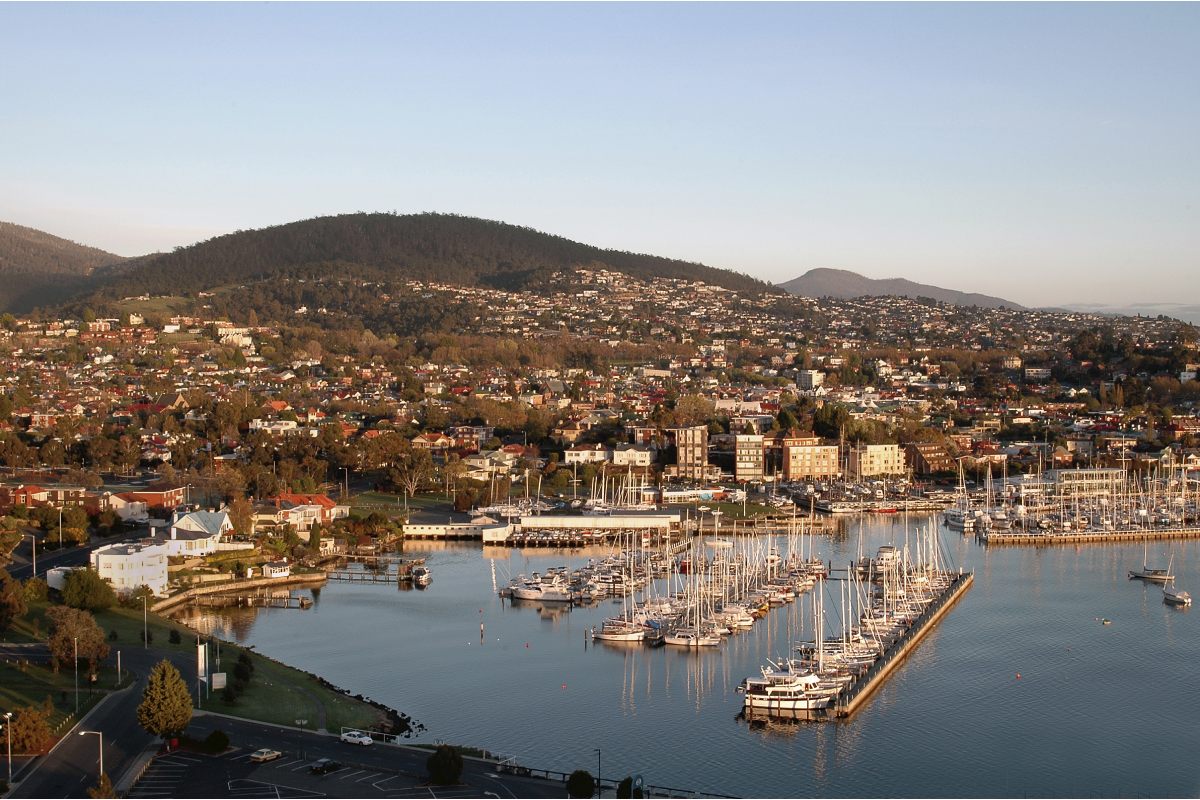National home values rose 1.9% in June, taking annual growth to 13.5% for the financial year. The growth in Australian dwelling values was led by houses, which rose 15.6% over the year, compared to a 6.8% lift in unit values.
CoreLogic Head of Research for Australia, Eliza Owen noted “This is the highest annual rate of growth seen across the Australian residential property market since April 2004, when the early 2000’s housing boom was winding down after a period of exceptional growth. However, there are some markets where performance is starting to ease more notably.”
Each of the capital cities saw an uplift in dwelling values in June, ranging from a 3.0% rise in Hobart to a more subdued 0.2% lift in Perth. The performance gap has narrowed between regional Australia and the capital cities, though regional Australia did outperform slightly in monthly growth terms, rising 2.0% through June compared to 1.9% across the combined capital cities.
Darwin maintained the highest annual rate of growth across the capital cities, increasing 21.0% in value over the financial year, followed by Hobart (19.6%). Across regional Australia, regional NSW had the highest annual growth in dwelling values (21.1%), followed by regional Tasmania (20.8%).
Ms Owen reaffirmed the strong demand-side factors underlying growth. “Before the recent uncertainty of growing COVID-19 case numbers, there were plenty of demand-side factors driving housing market growth through the first half of 2021.
“In May, the unemployment rate fell to 5.1%, and the underutilisation rate fell to 12.5%, the lowest level since February 2013. Consumer confidence remained elevated through June, although down from the recent April highs. Elevated savings accumulated through COVID-restrictions last year, along with a more confident consumer sector, has encouraged consumption of larger goods, such as housing. This has all occurred against a back-drop of continued low mortgage rates, which is one of the most significant demand drivers.”
In addition to these strong demand conditions, Ms Owen noted total advertised stock remains relatively low. “The latest listings count from CoreLogic indicates that in the 28 days to June 27th, total advertised stock remained 24.4% below the five-year average. This dynamic of strong consumer demand, and low housing supply, continues to create some urgency among buyers.”
Despite another month of strong gains, there are signs that some heat is coming out of the market. The monthly change in Australian home values of 1.9% sits well above the decade average (which is 0.4%). However, this month’s growth rate is down 30 basis points from May 2021, and 90 basis points from a recent peak in March 2021. The only capital city to see a further increase in the monthly growth rate was Canberra, where dwelling values were 2.3% higher over June, compared with a 1.7% gain in May.
Across the capital cities, a loss of momentum was most evident across Perth and Darwin. For Perth dwellings, the monthly growth rate in values had averaged 1.4% between January and May 2021, but fell to 0.2% through June. Across Darwin, the monthly growth rate in dwelling values averaged 2.1% between January and May, but was just 0.8% through June.
“The key to understanding the softer performance in these resource-based markets may be a slightly different supply-demand dynamic compared to the other capital cities and regions,” says Ms Owen.
“CoreLogic monitors a ‘sales to new listings’ ratio, which divides the monthly volume of settled sales by new listings brought to market. For the past three months, the sales to new listings ratio has averaged 1.1 across Darwin and Perth. While the implication is that there is 1.1 sales for each new listing, which could be enough to elicit further growth in dwelling values, these are the lowest sales to new listings results of the capital city markets.”
Softer growth rates are also emerging at the ‘high end’ of the market. Across the top 25% of dwelling values in the combined capital cities market, growth in dwelling values in the June quarter was 8.0%, down from 9.2% in the three months to May. While this 8.0% uplift was still the highest seen among the value tiers analysed, the growth rate also had the largest month-on-month deceleration.
According to Ms Owen “This easing in the pace of growth at the top end of the market is another clear sign of a shift in momentum. The rest of the market tends to follow movements at the high end, and this is the first time in nine months that the high-tier growth rate has not accelerated.”

